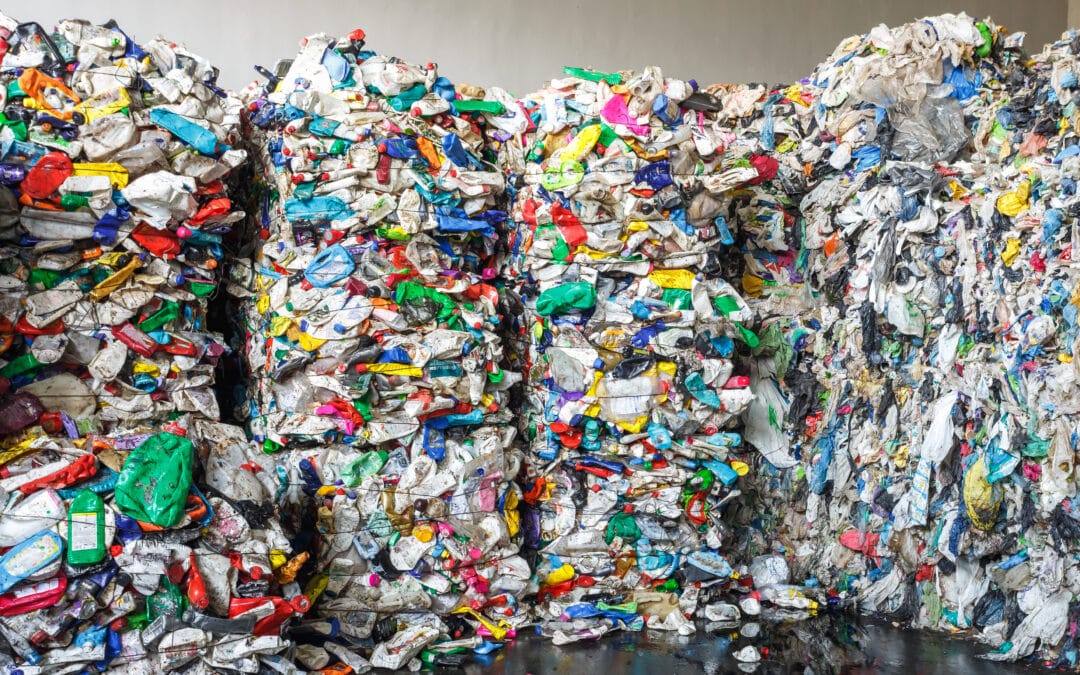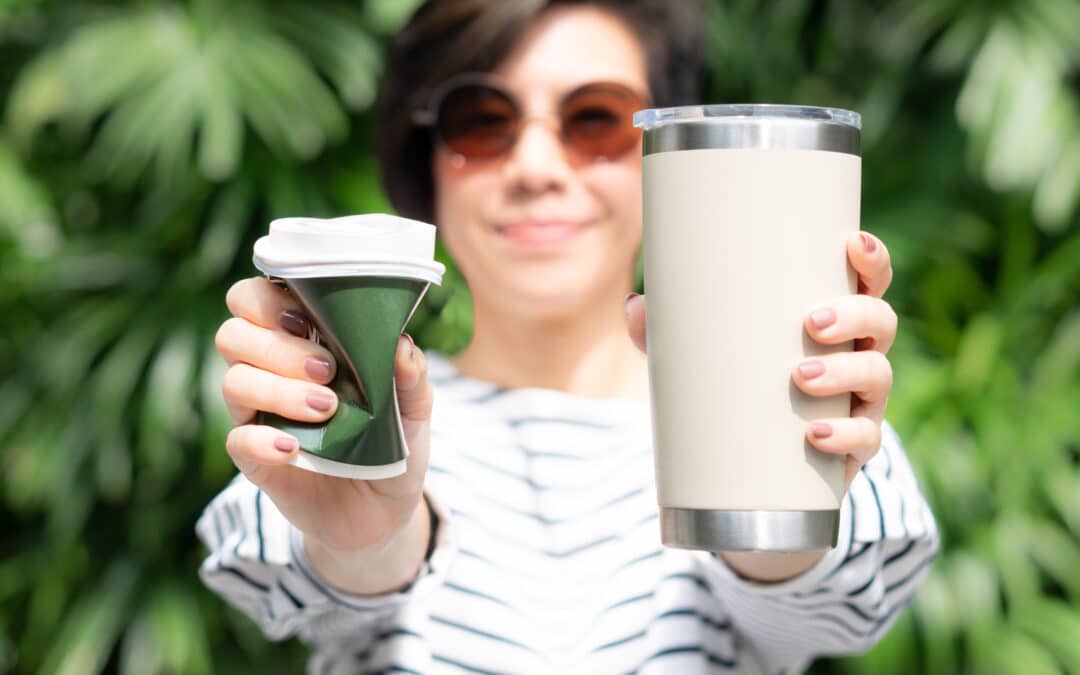Unnoticed, however, they also receive a lot of paper and plastics through their regular letterbox mail. The annual quantity of plastic magazine wrappers is even twice the quantity that is received as parcels in plastic shipping bags. After all, magazines and advertisements are often packed in such plastic wrappers.
87 mln kilos of cardboard and plastic shipping materials via packages
According to Ecommerce News, from all European countries, Dutch consumers are the ones most frequently ordering products online, and their online shopping has increased during the covid-19 pandemic. Almost all these products are packed in additional shipping materials, for example to combine products within an order and/or to protect products during the shipping process.
64% of 255 respondents are dissatisfied with the packaging that comes with their ordered products, especially the large cardboard boxes, the waste it generates and the lack of reusability are listed as frustrations, according to a recent small consumer survey by Mission Reuse, in cooperation with Thuiswinkel.org and the Netherlands Institute for Sustainable Packaging.
The quantities of shipping materials for packages are a burden to Dutch consumers, but also on the environment. The production of packaging needs resources, and production leads to a release of potentially hazardous substances. The shipping materials also contribute to consumer waste as the vast majority is designed for single use only.
Dutch-Belgian Environmental ngo Recycling Netwerk Benelux has now quantified that annually about 87 mln kilos of packaging materials are delivered with e-commerce products to Dutch consumers
This 87 mln kilos of packaging materials consists of:
- 84,1 mln kilos of cardboard shipping boxes
- 0,8 mln kilos of plastic shipping bags, and
- 2 mln kilos of filling materials (0,5 mln kilos of paper and 1,5 mln kilos of plastic, of which 1,3 mln kilos bubble wrap).
The filling materials are mainly applied in (form-fixed) cardboard shipping boxes. Next to the ordered goods and filling materials, cardboard shipping boxes also often contain a lot of empty space (50% on average). That empty space causes an unnecessary excess of packaging materials. This contrasts with plastic shipping bags, which can easily be folded to the size of the product and therefore usually do not contain empty spaces.
Also 11 mln kilos paper and plastic shipping materials via regular mail and magazines
Most people are not aware that they also receive considerable quantities of paper and plastic around letters and magazines. Together making up 11 mln kilos annually, of which:
- 9,5 mln kilos consists of paper envelopes for letters and other information
- 1,5 mln kilos consists of plastic shipping covers for magazines and advertisements.
That 1,5 mln kilos of plastic shipping covers is the same quantity as the plastic used for the filling materials in the cardboard shipping boxes for parcels and double the quantity of plastic shipping bags for parcels.
Post-delivery has been decreasing for several years in the Netherlands. As such, the attention for package delivery is justified. However, the stealthy current of plastics in shipping covers for magazines also deserves attention. This plastics-stream is not only considerable but also easily prevented with a good old fashioned paper band around magazines or with address stickers around their open side. It would be a good idea if the government takes the initiative for a ban on unnecessary plastic wrappers for magazines.
First underpinned estimate of shipping materials for post and packages
Recycling Netwerk Benelux calculated the amounts of cardboard, paper and plastic by combining quantitative information from several sources with their own measurements. Used sources are amongst others the Post and Package monitor 2020 of the Dutch
Authority for Consumers & Markets, the monitoring report of the sustainability plan of the e-commerce sector and other documents of Thuiswinkel.org, the branch organisation of Dutch webshops. Details about the calculations are to be found in Recycling Netwerk’s report (in Dutch) ‘Quantification of shipping materials and environmental pressures post and packages for Dutch consumers (PDF)’.
Thuiswinkel.org does provide estimates for the quantities of cardboard, paper and packages. However, an underpinning for their estimates is not publicly available.
The quantities of paper and plastic shipping materials for regular letterbox mail had never been quantified before but has now been established by Recycling Netwerk Benelux. All calculations are described in depth in the report.
It should be noted that the report quantifies shipping materials for post and packages for Dutch consumers exclusively. About three-quarters of all regular letterbox mail is for consumers, and just about a quarter is addressed to businesses. In the case of shipped packages, roughly half goes to business addresses or is shipped abroad.
Reusable shipping materials for packages
The environmental organisations Recycling Netwerk Benelux, Natuur en Milieu and Enviu started the program ‘Mission Reuse’ to promote the reuse of packaging. Mission Reuse focuses on the mainstream cardboard shipping boxes, though also pays attention to the plastic shipping bags and filling materials.
On the issue of packaging for e-commerce specifically, Mission reuse works together with the Netherlands Institute for Sustainable Packaging KIDV and Thuiswinkel.org.
In general, consumers prefer reusable over disposable shipping materials. A recent small survey of consumers by Mission Reuse shows that 96% of the respondents would like to have the possibility of choosing reusable packaging. Some 49% are also willing to pay a bit more for that. In case of a deposit return, even 73% chooses reusable. The survey is captured in the more extensive report ‘Reusable shipping materials in e-commerce’. That report also provides an overview of presently available innovations.
Thuiswinkel.org wants to achieve this year a 10% of packages being shipped in reusable cardboard shipping boxes or plastic shipping bags according to her Sustainability plan for the e-commerce sector.
According to an interim monitoring report of Thuiswinkel.org, the empty space in cardboard shipping boxes is about 50% on average with 11,3 litres of air on a volume of 22 litres. Therefore, Thuiswinkel.org aims to reduce this empty space by 10% through more efficient manually folding of the cardboard boxes. It should be noted that manually folding of cardboard shipping boxes as such does not save cardboard. However, it does allow fitting more parcels into the delivery van. Thuiswinkel.org also says to aim for less shipping materials but does not make this concrete with a quantitative target.
Recycling Netwerk Benelux was tasked to quantify shipping materials by Zero Waste Europe as part of the ReuSe Vanguard Project (RSVP). Het RSVP-project aims at “Reusable solutions for packaging for beverages, take-away drinks and food as well as online delivery to get scale in Europe and become the new normal in the sectors selected”. Together with the shipping materials for post and packages, disposable packaging materials for a number of other product categories were quantified. Seven products have been selected for kick-starting the transition to reusable (or none) packaging at the European level.



